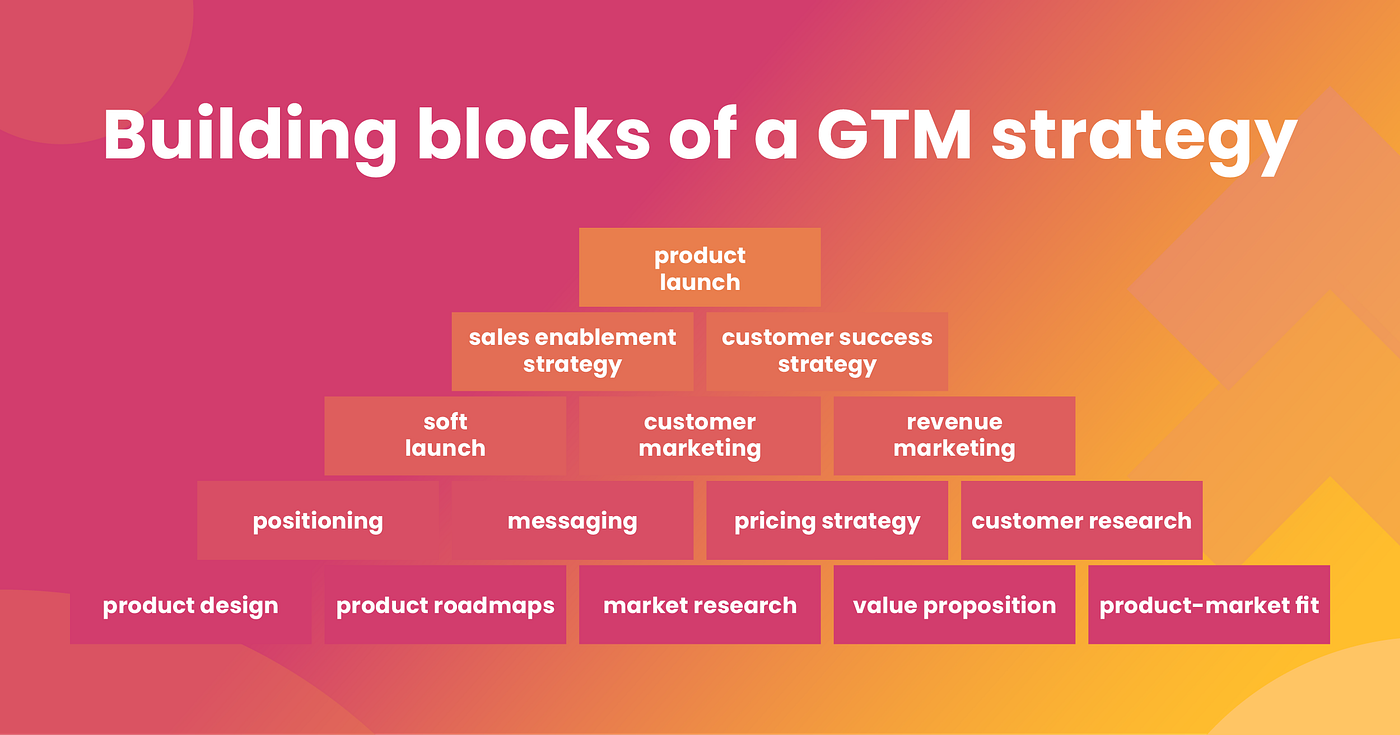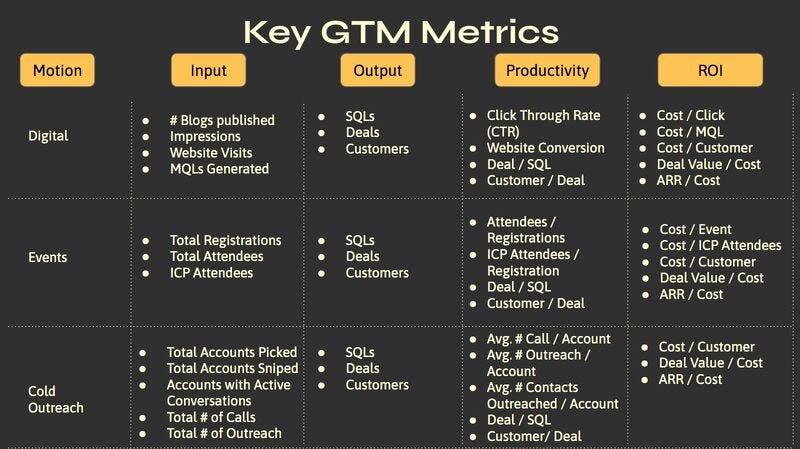Unlock GTM Success: 10 Essential Tips to Supercharge Team Productivity and Revenue

Feeling stuck with your GTM (Go-to-Market) strategy? 🚀 Discover the ultimate playbook to boost your team’s productivity and drive revenue growth! 🏆📈
In today’s competitive landscape, having a high-performing GTM team is crucial for accelerating growth and maximizing ROI. If you’re struggling to manage time, streamline processes, or optimize teamwork, you’re not alone. This blog provides a 10-point framework to supercharge your GTM team’s efficiency and revenue generation with a unified data platform. Let’s dive into these essential tips that will transform your GTM strategy from good to exceptional.
1. Centralize Your Data Platform
Why It Matters: A unified data platform eliminates silos and provides a single source of truth. This centralization enables better decision-making and faster access to critical information.
Example: Salesforce improved their GTM efficiency by 40% after consolidating their data across sales, marketing, and customer service into a single CRM platform.
Stat: Organizations that centralize their data see a 30% increase in operational efficiency (Source: McKinsey).
2. Automate Repetitive Tasks
Why It Matters: Automation frees up valuable time for your team by handling routine tasks, allowing them to focus on strategic activities.
Example: HubSpot implemented marketing automation tools that reduced manual email marketing tasks by 50%, leading to a 20% increase in lead conversions.
Stat: Businesses that use automation tools can achieve up to a 14.5% increase in productivity (Source: Aberdeen Group).
3. Implement Clear KPIs and Metrics
Why It Matters: Defining clear Key Performance Indicators (KPIs) helps track progress and aligns team efforts towards common goals.
Example: Zendesk established KPIs for their GTM teams, including customer acquisition cost (CAC) and customer lifetime value (CLV), resulting in a 25% improvement in campaign ROI.
Stat: Teams with well-defined KPIs are 36% more likely to achieve their business goals (Source: Harvard Business Review).
4. Foster Cross-Functional Collaboration
Why It Matters: Collaboration between sales, marketing, and product teams ensures alignment and a cohesive strategy.
Example: Slack created cross-functional task forces for product launches, leading to a 15% increase in launch success rates and faster time-to-market.
Stat: Organizations with high levels of cross-functional collaboration see a 21% increase in revenue growth (Source: Deloitte).
5. Leverage Predictive Analytics
Why It Matters: Predictive analytics help forecast trends and customer behavior, allowing your team to make data-driven decisions.
Example: IBM used predictive analytics to identify high-value leads, increasing their conversion rate by 30%.
Stat: Predictive analytics can boost marketing ROI by up to 30% (Source: Forrester).
6. Streamline Communication Channels
Why It Matters: Efficient communication tools and practices reduce misunderstandings and enhance team coordination.
Example: Microsoft adopted a unified communication platform that reduced internal email volume by 60% and improved project turnaround times.
Stat: Effective communication can increase team productivity by up to 25% (Source: McKinsey).
7. Optimize Resource Allocation
Why It Matters: Proper resource allocation ensures that your team focuses on high-impact tasks and avoids resource wastage.
Example: Asana utilized resource management tools to allocate 30% more resources to high-priority projects, resulting in a 40% boost in project completion rates.
Stat: Optimizing resource allocation can lead to a 15% increase in project efficiency (Source: Gartner).
8. Adopt Agile Methodologies
Why It Matters: Agile methodologies promote flexibility and quick adaptation to changes, enhancing team responsiveness.
Example: Spotify transitioned to Agile project management, reducing project timelines by 35% and increasing team adaptability.
Stat: Agile teams are 28% more effective at managing complex projects (Source: VersionOne).
9. Invest in Continuous Learning and Development
Why It Matters: Ongoing training helps your team stay updated with industry trends and improve their skillsets.
Example: LinkedIn introduced regular training programs, resulting in a 20% increase in employee performance and a 15% rise in team satisfaction.
Stat: Companies that invest in employee development see a 24% higher profit margin (Source: LinkedIn Learning).
10. Monitor and Adjust Strategies Regularly
Why It Matters: Regularly reviewing and adjusting strategies ensures that your GTM approach remains effective and responsive to market changes.
Example: Adobe implemented a quarterly review process, allowing them to pivot their strategies based on market feedback, leading to a 25% increase in market share.
Stat: Companies that adjust their strategies based on regular performance reviews achieve 30% higher growth rates (Source: Bain & Company).

Don’t let your GTM strategy lag behind. Implement these 10 essential tips today and watch your team’s productivity and revenue soar! 🚀📈
Final Thoughts: Transform your GTM team with a unified data platform and these powerful strategies. Say goodbye to inefficiencies and hello to streamlined success. Start optimizing now and unlock your team’s full potential!
By following these 10 essential tips, you’ll set your GTM team up for success, streamline operations, and drive revenue growth. Don’t miss out on the opportunity to elevate your team’s productivity and achieve your business goals.

Comments
Post a Comment